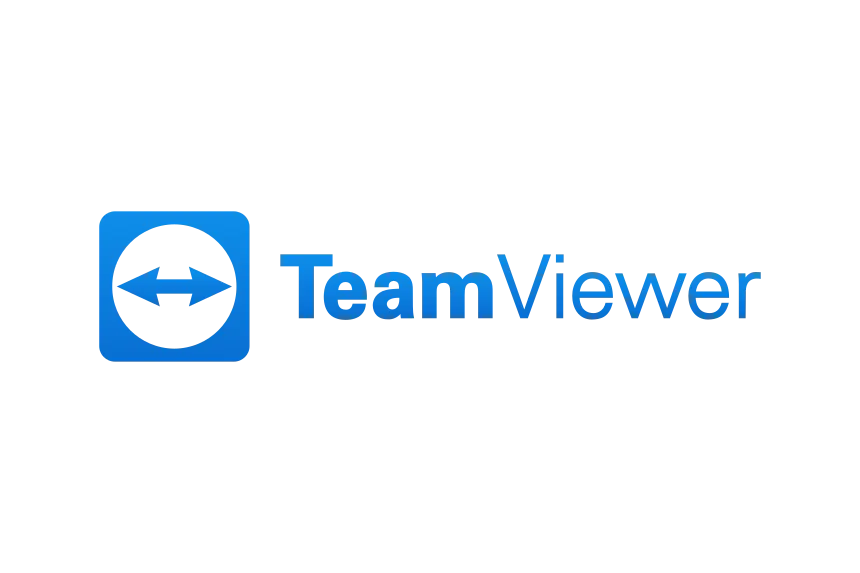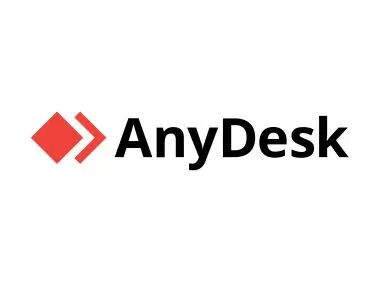AnyDesk vs TeamViewer: Which Remote Tool Is Right For You?
In a digital world untethered by geography, remote access tools are the lifelines, that bridge people, businesses, and support teams across borders. Two giants, AnyDesk and Teamviewer, dominate this space. Whether you are providing IT support, working remotely, or accessing files from afar, choosing the right tool isn’t just a convenience it’s a strategy. But which one truly aligns with your needs?
While both offer secure remote access, file transfers, and multi-platform compatibility, the devil lies in the details, pricing, performance, security, and user experience. TeamViewer boasts a long standing reputation with enterprise-level robustness, while AnyDesk countries with a lightweight build, blazing-fast speeds, and budget-friendliness.
This guide delves into the core features, limitations, and real-world advantages of both tools. If you are deciding which software fits your workflow, or simply seeking to switch from one to the other, read on as peel back the layers.
📊 AnyDesk vs TeamViewer: Feature Comparison
| Aspect | AnyDesk | TeamViewer |
|---|---|---|
| Speed | Ultra-fast, low latency | Good, but can lag on weaker networks |
| Ease of Use | Simple, lightweight interface | Professional and feature-rich, but complex |
| Security | TLS 1.2, customizable permissions | AES 256-bit, strong enterprise security |
| Cost | Most affordable for SMBs | Expensive, especially for large teams |
| Integrations | Limited | Wide range of integrations |
| Platform Support | All major OS, mobile friendly | All major OS, plus IoT and AR support |
| Best For | Startups, Freelancers, remote teams | Enterprises, IT support firms, global teams |

Looking for better report?
We got your back
Get You free Comparison Report
Frequently Asked Questions
AnyDesk is lightweight, faster, and uses less bandwidth—ideal for quick remote access.
TeamViewer offers more advanced features, better enterprise support, and superior remote control stability for larger businesses.
✔️ Use AnyDesk for speed and efficiency.
✔️ Choose TeamViewer for robust enterprise-grade features.
- Limited advanced features compared to TeamViewer.
- Fewer integrations with third-party tools.
- Free version is restricted to personal use only.
- Customer support is slower for free/personal users.
AnyDesk offers a free version with basic features for non-commercial use.
For business use, you must purchase a license.
Free for personal, non-commercial use.
Paid plans available for businesses with more features and professional support.
- Only for personal use.
- Limited session length and connection time.
- Frequent disconnections if suspected for commercial use.
- No access to premium features like remote printing or multiple simultaneous sessions.
Conclusion
In the clash of remote desktop tools, AnyDesk is the sprinter—light, fast, and efficient—while TeamViewer is the seasoned marathoner, built for endurance and scale. Choose AnyDesk if speed, simplicity, and affordability are your guiding stars. But if you're part of a vast enterprise with deep integration needs and a robust budget, TeamViewer remains a solid fortress.
Popular Comparisons
- Zoho Meeting Vs Microsoft Teams
- Google Workspace Vs Microsoft 365
- Zoho Sheet Vs Microsoft Excel
- Google Sheets Vs Microsoft Excel
- Zoho Mail Vs Microsoft 365
- Zoho Books vs Xero
- Zoho CRM vs. Microsoft Dynamics 365
- HubSpot vs. Salesforce
- Web Apps vs Websites
- Shared Hosting vs WordPress Hosting
- URI vs URL
- Shared Hosting vs Dedicated Hosting
- Dedicated Servers vs Cloud Servers
- greytHR vs Zoho People
- BambooHR vs Zoho People
- Wix vs WordPress
- WordPress vs Squarespace
- Zoho Mail vs Microsoft Outlook
- Gmail vs Zoho
- Google Docs vs. Google Drive
- PayPal vs. Zoho Invoice
- Gmail vs Outlook
- DocuSign Vs Zoho Sign
- Greythr Vs Darwinbox
- Zoho Vs HubSpot
- Zoho books vs Quickbooks
- Zoho CRM vs Salesforce
- AnyDesk vs TeamViewer
- Shared hosting vs vps hosting
- cPanel vs WordPress
- Web Hosting vs. Cloud Hosting
- AWS Vs Azure
- Linux Vs Windows Hosting
- Adobe Sign vs DocuSign
- Freshsales CRM vs Salesforce CRM
- WordPress vs Zoho Sites
- Wix vs Squarespace
- Zoho Sites vs Wix
- Yahoo Mail vs Zoho Mail
- Zoho Mail vs. Google Workspace
- Zoho Mail vs. Hostinger

Search, compare & buy top business software with FGRADE. Find the best deals on Microsoft 365, Zoho, Google Workspace & more. Shop smart & save big!
Office Address
AWFIS, Ground Floor, DSL abacus it park, Survey Colony, Industrial Development Area, Uppal, Hyderabad, Telangana 500039
©2025 FGrade, All rights reserved.


